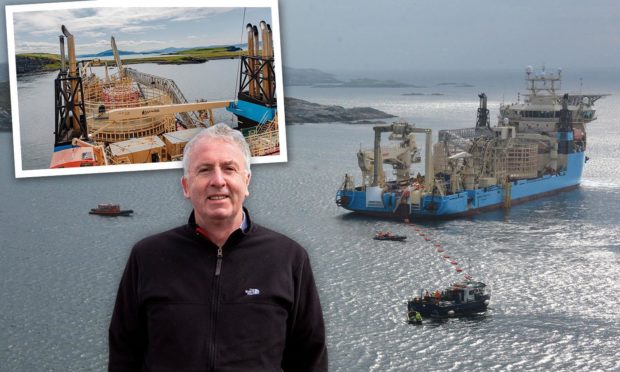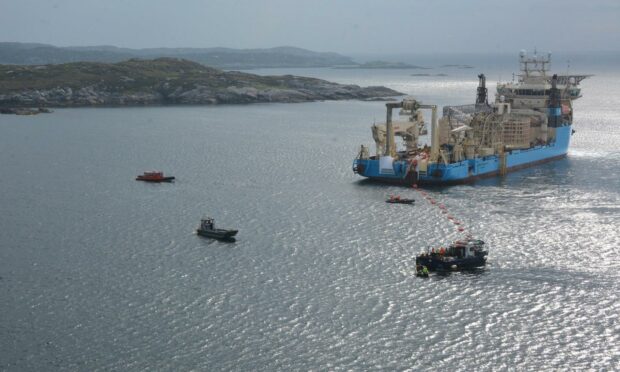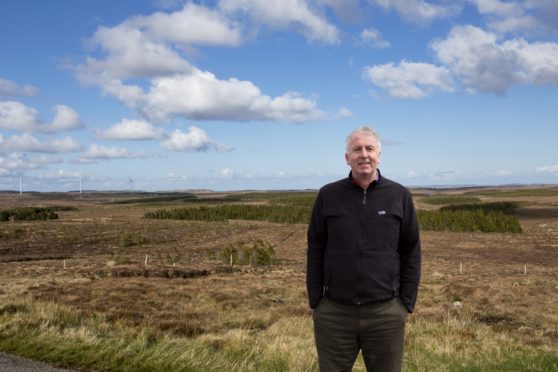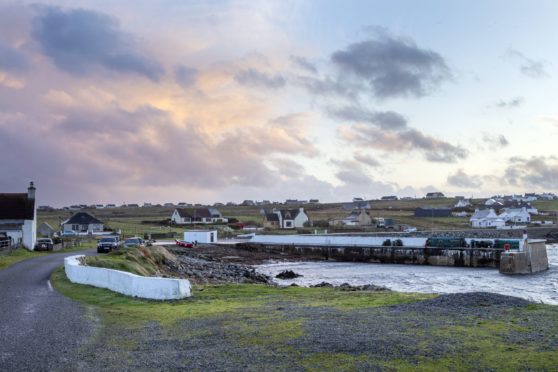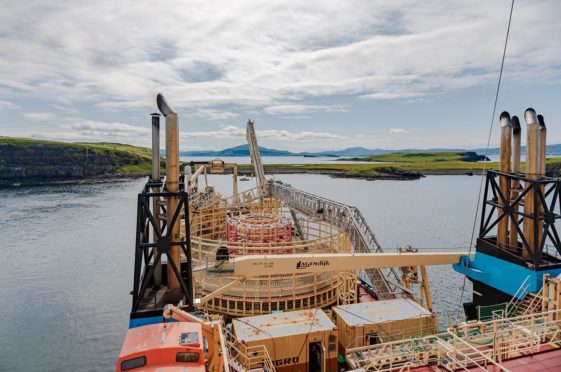A Lewis community wind farm which normally generates cash for local projects is hoping to get back on track after a brutal year.
Point and Sandwick Community Trust, which operates the UK’s largest communnity-led wind farm at Beinn Ghrideag, was unable to produce output after a subsea cable fault on October 16, 2020.
The recent repair of that cable has brought a sigh of relief to the trust.
But it is warning that it will be another 12 months until cash will flow to local charities again.
The outage resulted in approximately 18,000 homes being left without power.
Stations at Battery Point and Arnish had to switch to full-duty operations, ensuring a constant electricity supply to locals.
These stations have now reverted to back-up operations.
Battery Point Power Station is silent today and no longer pouring noxious exhaust fumes into the atmosphere. We’re pleased to report our community turbines are back to spinning after a long 10 months and 17 days of enforced stoppage. The first step in getting back to business! pic.twitter.com/0a6FvpXB4E
— Point and Sandwick Trust (@PointSandwick) September 1, 2021
As a result of the outage, the community wind farm was switched off as generated power could not be connected to the national grid on the mainland.
The trust was unable to generate cash from the renewable scheme, which usually would have been distributed to local groups.
One local group, Western Isles Foyer, warned it may fold as a result of losing one of its major backers.
Development director Calum Macdonald said the trust needed to use up all of its savings just to cover the wind farm’s overheads, without the income to offset it.
Trust’s reserves exacerbated
Mr Macdonald said: “We have got huge overheads and more, such as the money we borrowed to build the wind farm.
“All the money had to be diverted into that and that is now exhausted.
“What we have got to do now is spend at least 12 months building up that reserve again before we can start distributing money into local charities.
“It will be another 12 months I anticipate before the bank will even allow us.”
Trust wish to expand on ‘success story’
Mr Macdonald believes there is a lot more community energy demand that needs to be satisfied.
He added: “We have got a great success story on the islands over community energy.
“It is the biggest cluster on the UK. It is 22MW in total, which is £30 million worth of installed capacity.
“That was done by the community so we are very, very keen to see that expand.”
Trust say expanding community energy sector will aid green revolution
Despite the success, the development director feels the green revolution has not quite delivered what was expected.
He has called for more investment in community schemes.
Mr Macdonald added: “The green energy revolution hasn’t really delivered the dividend in jobs and benefits that people were hoping it would.
“People are seeking a lot of leakage of jobs and profits being moved out of the country.
“That is an issue that is constantly being raised.
“By far the best way to try to tackle that is to start expanding the community energy sector.
“The whole point of the community energy sector is that all the money stays locally and is invested in local economies.
“If you really want to develop and get the maximum benefit out of the green energy revolution, then you have got to get behind the community energy sector.”
Mr Macdonald presented comparisons with Nordic neighbours Denmark, where he says almost 50% of turbines are locally-owned, compared to less than two per cent in Scotland.
He said he is fearful that all the hard work could vanish if action is not taken.
Mr Macdonald said: “The big fear I have got is that as we look forward to the next five or so years, that the community energy sector which has been doing so well will get nipped in the bud because it is just not getting enough support from all levels of government.
“There is huge potential. But for that potential to be realised, we need a lot more backing.”
£28m project finished on time
The repair of the 30-year-old cable weighed in at a total cost of £28 million.
It was required after a fault was identified approximately nine miles off Skye at a depth of 328ft.
Engineers replaced the 20-mile long 33kV cable, which spans from Ardmore on Skye to Beacravik on Harris, on schedule.
